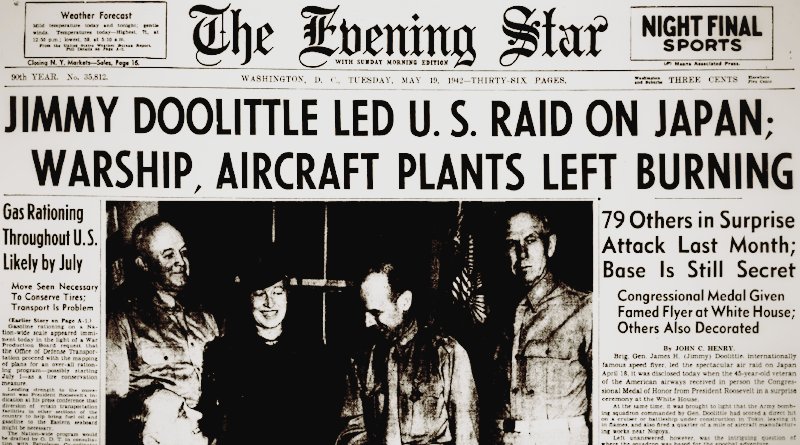World War II Chronicle: May 19, 1942
Click here for TODAY’S NEWSPAPER
Brig. Gen. James H. Doolittle thought he might be court-martialed for ordering his bombers to take off early after their aircraft carrier when it was spotted by a Japanese vessel last month. All 16 B-25 Mitchell medium bombers w`ere lost, and many of his raiders were likely killed or captured. Damage to the enemy was slight. But what he didn’t know was the tremendous damage the Doolittle Raid did to the Japanese psyche and the morale boost it gave Americans. Today President Roosevelt awarded Doolittle the Medal of Honor.
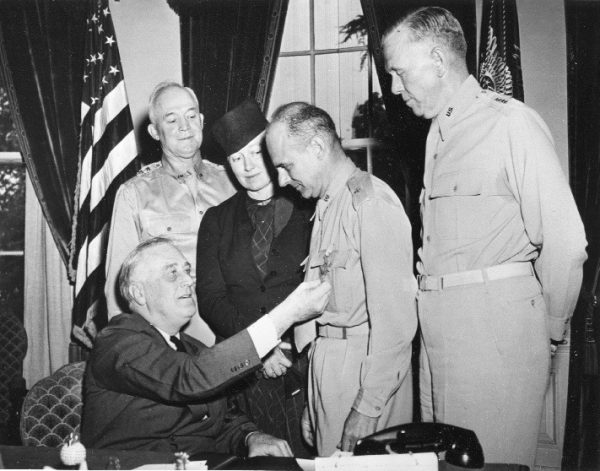
Doolittle is the only Army Air Force officer to skip the ranks of captain and colonel. He resigned his active duty commission while he was a first lieutenant and accepted a major’s commission in the Reserve. When he returned to active duty in 1940 he came in as a major. Doolittle was a lieutenant colonel before the raid and was promoted to brigadier general upon his return.
Status of the Raiders as of May 19, 1942
Crew 1 reached the Chinese coast by nightfall but fog prevented them from spotting their landing zone. Parachuted into the mountains near Tien Mu Shen and locals helped them reach Chuchow.
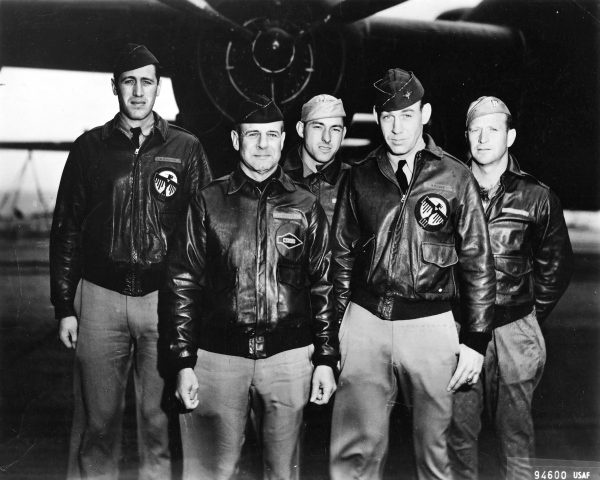
- 1st Lt. Henry A. Potter, navigator — serves stateside after returning from the raid
- Lt. Col. Doolittle, pilot
- Sgt. Fred A. Braemer, bombardier — will continue flying in the China-Burma-India (CBI) Theater
- Lt. Richard E. Cole, co-pilot — also stays in the CBI
- Sgt. Paul J. Leonard, engineer — CBI, but soon leaves to serve as Doolittle’s crew chief
Crew 2 Landed wheels-up in a rice paddy near Ningbo, which was behind Japanese lines. Burned their plane and were assisted by Chinese guerillas. They reached Chunking less than a week ago. All remain in the CBI Theater.
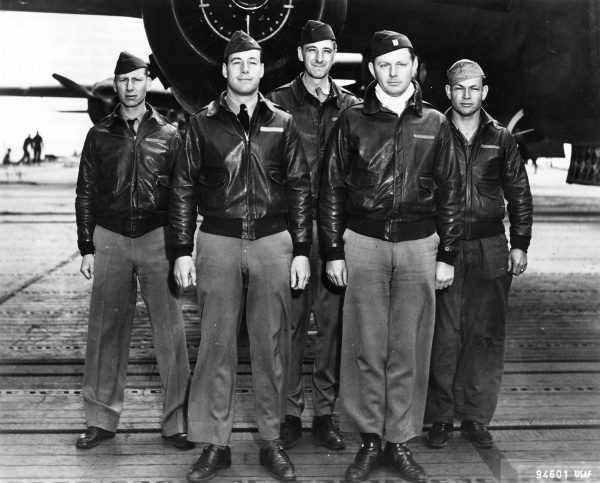
- Lt. Carl R. Wildner, navigator
- Lt. Travis Hoover, pilot
- Lt. Richard E. Miller, bombardier
- Lt. William N. Fitzhugh, co-pilot
- Staff Sgt. Douglas V. Radney, engineer-gunner
Crew 3 reached China, but clouds obscured the terrain. They bailed out of Whiskey Pete in the mountains southeast of Chuchow. Some of the crew sustained injuries, the pilot landed right next to a cliff and a fall down another cliffside took the life of their gunner. The pilot got bad directions from a local which sent him on a long hike back to his plane. There, he linked up with another member of his crew, and farmers helped them reach safety. They too will remain in service in the CBI Theater. Tomorrow’s paper shares a story of General Doolittle giving an airplane ride to Carl Wildner back when he was a boy.
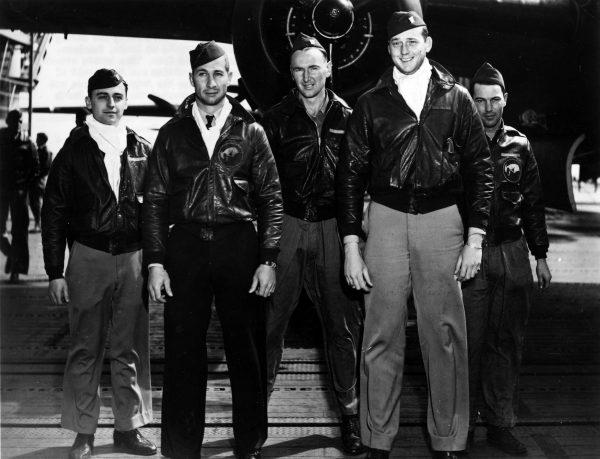
- Lt. Charles J. Ozuk, navigator
- Lt. Robert M. Gray, pilot
- Sgt. Aden E. Jones, bombardier
- Lt. Jacob E. Manch
- Cpl. Leland E. Faktor (KIA)
Crew 4 ‘s gun turret malfunctioned (one of three planes so-afflicted), which became a serious problem when their virtually defenseless bomber ran into heavy opposition. Switching to their secondary target, they were jumped again which forced the crew to jettison their ordnance into the bay. They ran out of gas and bailed near Shangjac. This was Everett “Brick” Holstrom’s second attack on the Japanese: Flying a B-25 Mitchell out of Oregon’s Pendleton Field, he dropped four 300-lb. bombs on an enemy submarine near the mouth of the Columbia River on Dec. 24, 1941. Officials believed at the time Holstrom’s crew had sunk the sub, and I-25 was in fact patrolling the area. The attack did drive the sub off, foiling the Imperial Japanese Navy’s plan to shell coastal cities on Christmas. The 17th Bomb Group was the first unit equipped with the B-25s and had the most experience, so in February they moved to Columbia Army Air Base in South Carolina to prepare for the Doolittle Raid.
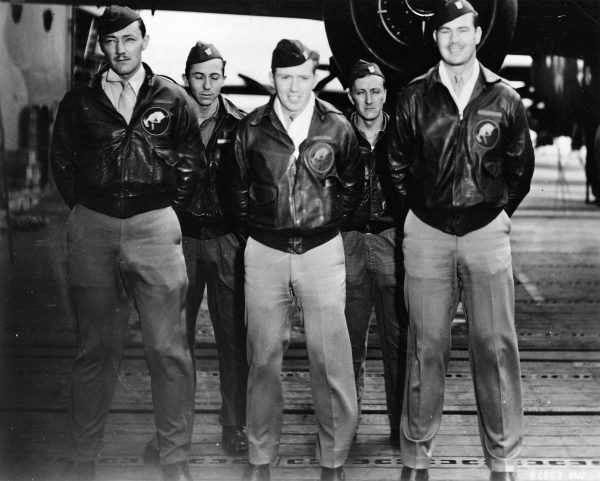
- Lt. Harry C. McCool, navigator; ships to European Theater
- Sgt. Robert J. Stephens, bombardier
- 1st Lt. Holstrom remains in the CBI and is named commanding officer of the 11th Bomb Squadron
- Cpl. Bert M. Jordan, engineer-gunner
- Lt. Lucian N. Youngblood, co-pilot
More crews in tomorrow’s Chronicle post…
Meanwhile, censors have determined it is safe to disclose that Army Air Force bombers attacked a Hawaiian volcano near Hilo (see page four). Apart from the danger to the population and city infrastructure, the lava flow lit up the island making it an easier target for the enemy… Sports section begins on page 15.
Evening star. (Washington, D.C.), 19 May 1942. Chronicling America: Historic American Newspapers. Lib. of Congress.
https://chroniclingamerica.loc.gov/lccn/sn83045462/1942-05-19/ed-1/
